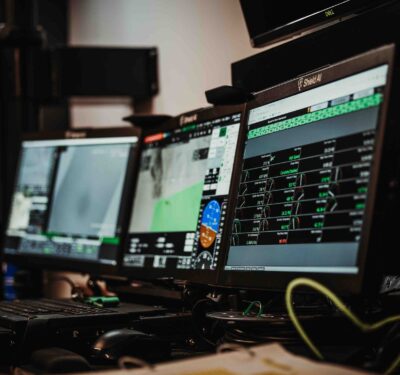
The HAPS Alliance, a global consortium dedicated to High Altitude Platform Station (HAPS) stakeholders, has released a white paper titled “HAPS Certification Pathways”. This document, prepared by the Alliance’s Aviation Working Group (AWG), delves into the regulatory hurdles faced by the HAPS community in securing commercial operation approvals. The white paper is aimed at providing insights into the distinct regulatory considerations for HAPS and suggesting actionable steps to enable their safe and effective deployment.
Andy Thurling, Chair of the HAPS Alliance Aviation Working Group, emphasized the necessity for a regulatory evolution to better accommodate the unique operational characteristics of HAPS. Unlike conventional crewed aircraft, HAPS operate at stratospheric altitudes for extended periods, encountering distinct environmental challenges such as severe temperature variations, ozone, ultraviolet radiation, and cosmic radiation. The current regulatory frameworks, primarily designed for crewed aircraft, do not adequately address these conditions.
The white paper highlights the need for a regulatory shift that prioritizes the safety of individuals on the ground and the avoidance of in-air collisions over merely preventing HAPS crashes. Given the slow and lightweight nature of HAPS and their operation in the less turbulent stratosphere, the document calls for a reassessment of structural and control system design standards. It also points out the lack of HAPS-specific data and the need for developing tailored environmental test standards.
To mitigate these regulatory challenges, the white paper recommends several actions:
- Forming focus groups to collaborate with regulators on establishing safety risk metrics, objectives, and assessment models.
- Supporting the efforts of international entities such as the International Civil Aviation Organization (ICAO) and its Separation and Airspace Safety Panel (SASP).
- Developing HAPS-specific environmental test standards for factors like turbulence, lightning, wind, and radiation.
- Initiating dialogues with Air Navigation Service Providers (ANSPs) to create communication protocols suited for HAPS operations.
- Crafting a flexible, globally recognized certification or approval process that is performance and risk-based.
The HAPS Alliance encourages companies involved in the HAPS ecosystem to join its ranks. The Alliance offers various membership levels—Principal, General, and Supporter—to organizations from any industry sector, providing opportunities for involvement in working groups, exclusive meetings, and collaborative projects aimed at fostering a smarter world through HAPS technology.
As an industry association, the HAPS Alliance comprises leaders from the telecommunications, technology, aviation, and aerospace sectors, alongside public and educational institutions. The HAPS ecosystem encompasses a range of vehicle types designed for stratospheric operation, including lighter-than-air balloons and heavier-than-air fixed-wing aircraft. The Alliance’s mission is to expedite the development and commercial uptake of HAPS by advocating for industry standards, interoperability guidelines, and regulatory frameworks across the telecommunications and aviation sectors. For more information, visit https://hapsalliance.org/





